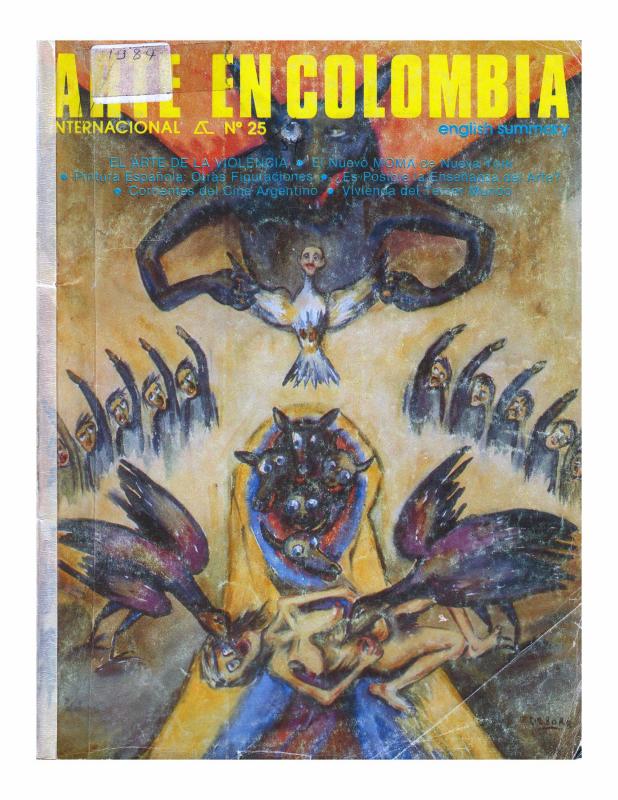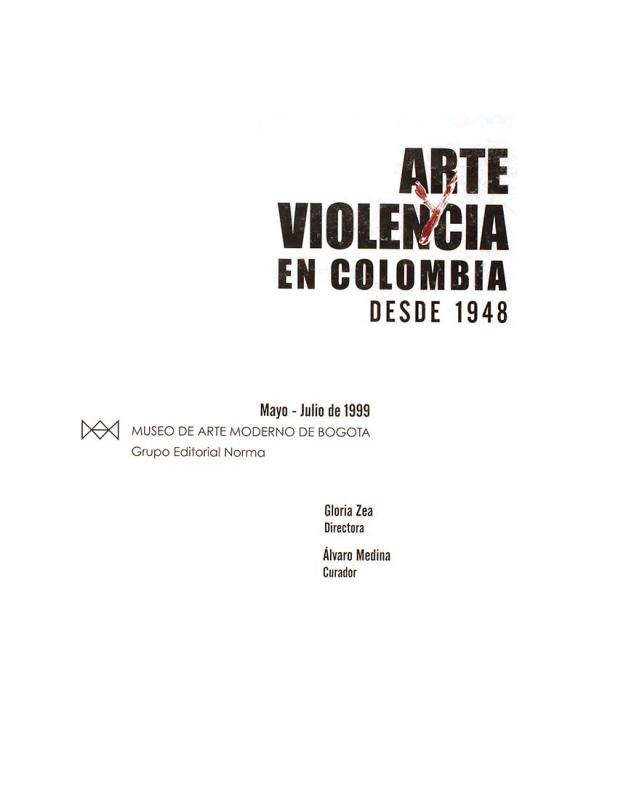On April 9, 1948, liberal political leader Jorge Eliécer Gaitán (1898–1948) was murdered in downtown Bogotá. That crime against the man who was likely to become the next president of the country unleashed what is known in Colombian history as “El Bogotazo” (April 9, 1948): an extremely violent popular reaction to the assassination of Gaitán, who was minister of education at the time.
The army’s crackdown, and the later covert use of the armed forces to exterminate the liberals, heightened violence in a country already gripped by conflict. The connection between violence and the visual arts was immediately evident in the work of some artists who witnessed the events. In the opinion of Álvaro Medina (b. 1942), Masacre 10 de abril [Massacre on April 10] by Alejandro Obregón (1920−1992) and Masacre 9 de abril [Massacre on April 9] by Débora Arango (1907–2005) constitute two paintings of undeniable interest insofar as they address artistically the theme of violence, a recurring topic due to the socio-political history of the country in the second half of the 20th century.
The exhibition Arte y violencia en Colombia desde 1948 held at Bogotá’s Museo de Arte Moderno in 1999 was a historical recounting of a dreadful period in Colombian history. It addressed specific incidents as well as the consequences of political conflict and violence. The works in the exhibition constituted a visual account that protested against those events. Additional texts pertinent to this topic include doc. no. 1093642, doc. no. 1132288, and doc. no. 1132372].
A widely recognized researcher, historian, and curator, Álvaro Medina’s important books include Procesos del arte en Colombia (1978) and El arte colombiano de los años veinte y treinta (1984). Medina wrote the text reviewed here for the catalogue to the exhibition that he himself curated.



